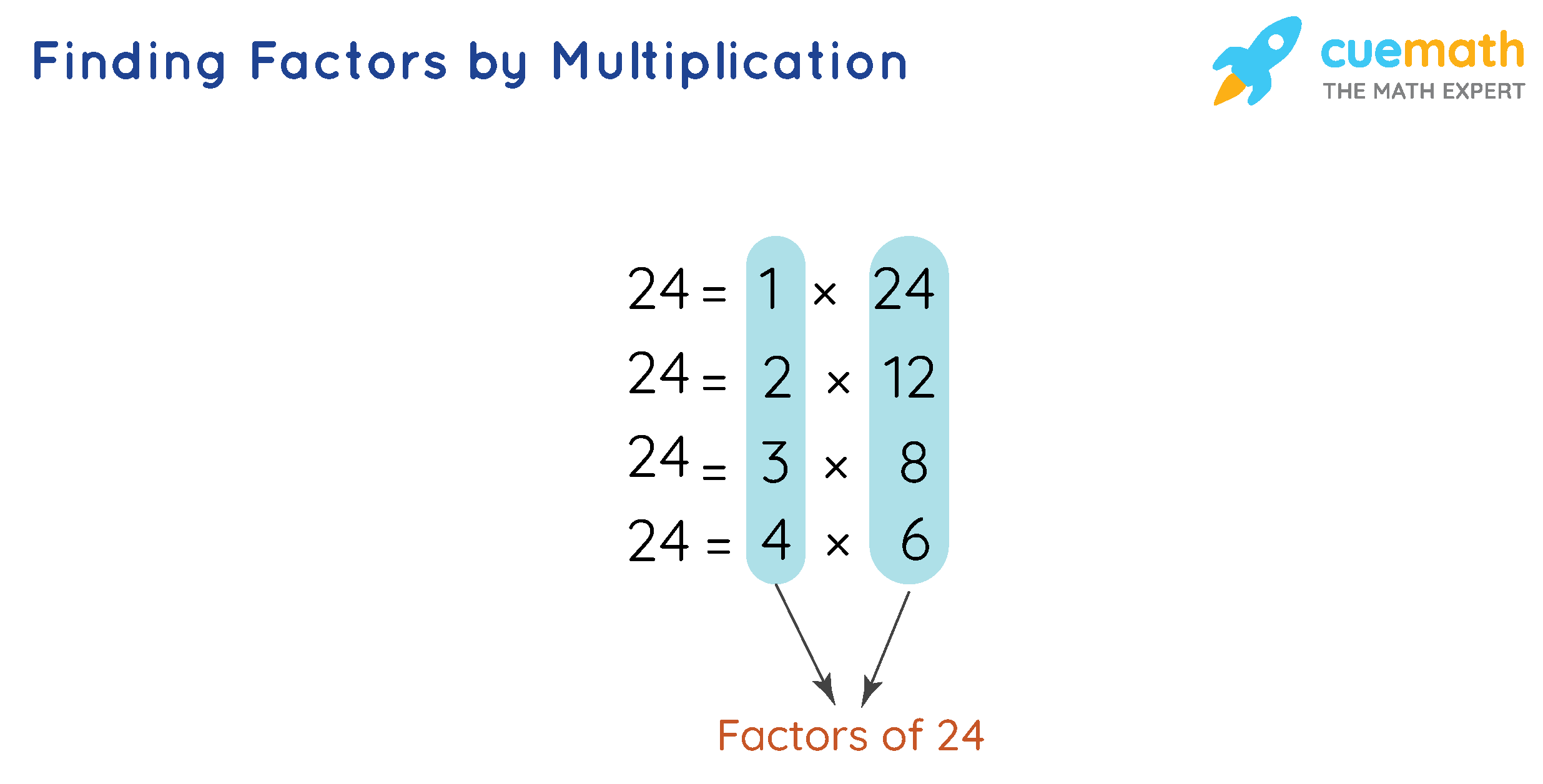Understanding the True Nature of Wellness: A Holistic, Active Pursuit for Life Balance
Introduction: What Does Wellness Truly Mean?
Wellness is a term that is often used in daily conversation, marketing, and healthcare, but it is frequently misunderstood or oversimplified. Unlike mere physical health or fleeting happiness, wellness represents an active process of making informed choices that foster a state of holistic health. According to leading organizations and researchers, the most accurate statement about wellness is that it is an ongoing, personal pursuit of physical, mental, and social well-being -not simply the absence of disease or stress [1] . This article will explore what is verifiably true about wellness, its multidimensional nature, practical approaches for daily life, and guidance on accessing resources to support your journey.
Defining Wellness: Beyond Health and Happiness
The Global Wellness Institute describes wellness as “the active pursuit of activities, choices, and lifestyles that lead to a state of holistic health.” This means wellness is not a passive or static state, but rather a process that requires intention, effort, and ongoing self-reflection. Wellness is distinct from health, well-being, and happiness in essential ways:
- Health generally refers to the absence of disease and the presence of physical, mental, and social well-being.
- Well-being is often defined as subjective happiness and life satisfaction.
- Wellness incorporates both, but emphasizes active engagement and responsibility in achieving a balanced, fulfilling life [2] .
Wellness also recognizes the powerful influence of environment, culture, and personal experience. It is individual in nature, yet it is deeply affected by the social and cultural environments where you live and work [1] .
The Multidimensional Model of Wellness
Modern wellness frameworks consistently emphasize that true wellness extends far beyond just physical health. Most evidence-based models include at least six, often eight or more dimensions [3] [5] :
- Emotional : Coping effectively with life and creating satisfying relationships.
- Environmental : Living in harmony with your surroundings and respecting the planet.
- Financial : Managing financial resources responsibly and planning for the future.
- Intellectual : Engaging in creative and stimulating activities that expand knowledge and skills.
- Occupational : Gaining personal satisfaction and enrichment from one’s work.
- Physical : Recognizing the need for physical activity, healthy foods, and adequate sleep.
- Social : Developing a sense of connection, belonging, and a well-developed support system.
- Spiritual : Seeking meaning and purpose in life, which can involve religion, values, or beliefs.
Addressing these dimensions does not require perfect balance. Instead, the goal is to identify what matters most in your life and find harmony among the areas that need your attention. Many experts agree that neglecting one dimension can impact others , leading to a ‘domino effect’ on overall well-being [3] .
Wellness as a Dynamic, Individual Journey
One of the most critical truths about wellness is that it is self-defined and dynamic . Your wellness journey will evolve based on your culture, experiences, challenges, and stage of life. For example, someone managing a chronic illness can still live a quality, fulfilling life by focusing on other wellness dimensions-such as emotional resilience or social support-even if physical health is compromised [5] .
Moreover, wellness is not a destination but a continuous process. Life circumstances, aging, and unexpected events will shift your needs and priorities. This means that what works for you today may change over time, and that’s normal.

Source: docuclipper.com
Practical Strategies for Pursuing Wellness
To embark on or deepen your wellness journey, consider these evidence-based, actionable strategies:
- Assess Your Current State : Reflect on each dimension of wellness. Which areas feel most neglected or most important to you right now?
- Set Realistic, Personal Goals : Identify one or two dimensions to focus on first. For example, you might choose to improve emotional wellness by learning stress management techniques, or enhance financial wellness by creating a budget plan.
- Take Incremental Steps : Small, sustainable changes are more effective than drastic overhauls. For example, commit to a daily 10-minute walk, regular journaling, or scheduling weekly social connections.
- Leverage Community Resources : Many universities, workplaces, and community centers offer wellness programs. If you are a student or employee, inquire about wellness initiatives or counseling services available through your institution.
- Seek Professional Support When Needed : Licensed therapists, financial advisors, nutritionists, and other professionals can provide personalized guidance. To find verified providers, search through official directories such as your university health center, local hospital, or professional associations.
- Embrace Flexibility : Wellness is not about perfection. Allow yourself to make mistakes and adjust your approach as your needs evolve.
Remember, support is available regardless of your starting point. For example, those facing financial hardship may be able to access sliding-scale counseling, free fitness classes at local community centers, or online mental health resources. If you are unsure how to begin, consider reaching out to your primary care provider or searching for “wellness programs” offered by reputable organizations in your area.

Source: typecalendar.com
Potential Challenges and Solutions
Barriers to achieving wellness are common and may include limited time, financial constraints, lack of community support, or chronic health conditions. Here are several strategies to address these challenges:
- Time Constraints : Prioritize micro-habits, such as short daily mindfulness exercises or simple meal planning.
- Financial Barriers : Seek out free or low-cost wellness resources, such as public libraries, online educational videos, community walking groups, or local non-profits offering support services.
- Lack of Motivation : Find an accountability partner or join support groups to maintain motivation and share progress.
- Chronic Illness or Disability : Focus on dimensions of wellness within your control and seek specialized programs tailored to your needs. Many organizations offer adaptive fitness, mental health support, and peer networks.
If you encounter barriers, remember that progress may be non-linear and setbacks are part of the process. Celebrate small wins and revisit your wellness plan regularly.
Alternative Approaches to Wellness
There is no single formula for wellness. Some individuals find success through structured programs, such as workplace wellness initiatives, while others thrive with informal self-directed efforts. Approaches may include:
- Participating in group activities, such as fitness classes or meditation circles
- Using wellness tracking apps to monitor habits and set goals
- Engaging in creative pursuits or lifelong learning opportunities
- Practicing mindfulness or spiritual reflection
- Building supportive social networks in person or online
To identify the approach that suits you best, experiment with different methods and note what improves your mood, energy, and overall satisfaction. If you need more structure, consider starting with evidence-based online resources or consulting with a wellness professional.
Accessing Wellness Resources: Step-by-Step Guidance
Access to wellness resources can vary based on location, employment, and other factors. Here’s how you can find reputable support in your area:
- Use Official Channels : If you are a student or employed, check your school or company’s health and wellness web pages for available programs and services. These may include fitness classes, counseling, workshops, or peer support networks.
- Search Public Health Departments : Your city or county’s official public health department website may list free or subsidized wellness programs.
- Check Nonprofit Organizations : Look for established organizations such as local YMCAs, mental health associations, or reputable hospitals for community-based programs.
- Consult Healthcare Providers : Your primary care doctor or nurse can refer you to wellness services appropriate for your needs.
- Online Directories : Search for “wellness programs” alongside your city or region name to find local offerings. Prioritize websites ending in .gov, .edu, or .org for reliability.
- Be Cautious with Online Information : Avoid programs that make exaggerated promises or require large up-front payments. Verify the credentials of wellness professionals through official directories or licensing boards.
For those seeking wellness support at a national level, the World Health Organization and Centers for Disease Control and Prevention (CDC) offer evidence-based wellness resources and guidelines. You can find these by visiting their official websites and searching for “wellness” or “health promotion”.
Key Takeaways
In summary, the statement that is true regarding wellness is that it is a lifelong, multidimensional journey requiring active participation, self-reflection, and adaptation. Wellness is accessible to everyone, regardless of starting point or current health status, and it thrives best when multiple dimensions are addressed according to personal needs and circumstances. While there is no universal formula, verified steps and resources can guide you on a path toward greater balance, fulfillment, and overall well-being.
References
- [1] Global Wellness Institute (2025). What is Wellness? – Definition and dimensions.
- [2] International Journal of Women’s Health (2025). The Evolution of Wellness Models.
- [3] Thomas Jefferson University (2024). 8 Dimensions of Wellness.
- [5] UC Davis Student Health & Counseling Services (2025). Eight Dimensions of Wellness.



